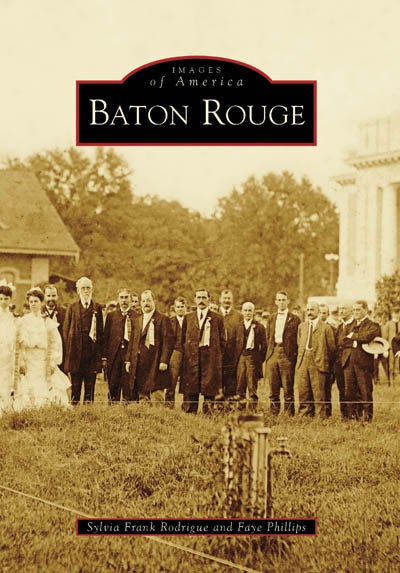
The textile era was born of a perfect storm. When North Georgia's red clay failed farmers and prices fell during Reconstruction, opportunities arose. Beginning in the 1880s, textile industries moved south. Mill owners enticed an entire workforce to leave their farms and move their families into modern mill villages, encased communities with stores, theaters, baseball teams, bands and schools. To some workers, mill village life was idyllic. They had work, recreation, education, shopping and a home with the modern conveniences of running water and electricity. Most importantly, they got a payche... Read More
Formats
Paperback






